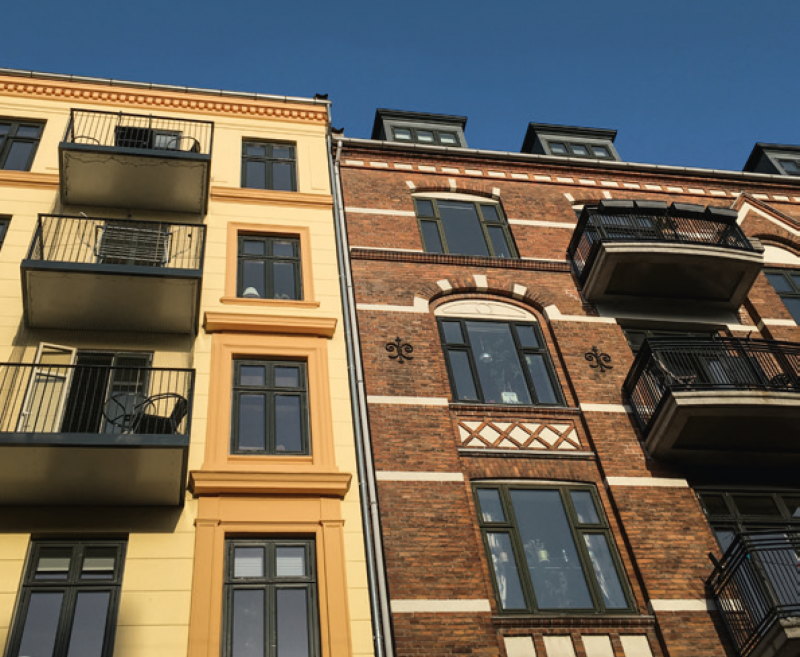Solution provider

The Danish Energy Agency engages nationally and internationally in the production, supply and consumption of energy - with efforts to reduce emissions of greenhouse gases.
Policy


The Danish Energy Agency engages nationally and internationally in the production, supply and consumption of energy - with efforts to reduce emissions of greenhouse gases.
Add the case to your visit request and let us know that you are interested in visiting Denmark
Existing buildings have a key role to play in the green transition
The Danish government has an ambitious energy policy goal. In 2050, the energy supply will be independent of fossil fuels. In order to ensure that a transition to renewable energy is carried out as efficiently as possible, it is necessary to both expand renewable energy supply and reduce energy consumption. As 35 per cent of energy consumption in Denmark is used for heating and hot water in buildings, energy savings in buildings constitute an important element in energy policies. The building industry has developed significantly over the last decades. Buildings that are built today have an energy consumption of about 30 per cent of those built in 1995. Hence approximately 70 per cent improvement. New buildings are therefore relatively energy efficient, but since new buildings only constitute a small part of overall building stock, there are still many older buildings with a relatively high energy consumption. If energy consumption for buildings is to be reduced, it is important to focus on the older buildings. Energy savings in buildings in Denmark are generally only cost-efficient when they are carried out in conjunction with maintenance work and other changes. A central element in the effort for energy savings is therefore to encourage building owners to utilize building renovations as an opportunity to carry out energy savings.
The Danish building code
One of the main policy instruments to achieve energy savings is the Danish building code. The code contains regulations regarding the energy performance of building components that are renovated or replaced. For example, if a renovation of a building includes the replacement of a window, a ventilation system or a roof, the building code defines the minimum standard of the energy performance of the component replacing the older one. The building codes ensure that the existing building stock continuously becomes more energy efficient. This is reflected in the energy statistics, which show, that the energy consumption of buildings has been declining for many years. At the same time, the rules ensure that savings are made in the buildings when it also is economically feasible for the residents.
The building code as a driver for innovation
The building code is regularly revised in line with technological developments taking place in the construction industry. Whenever changes are made, it is usually preceded by an extensive consultation process with the industry to ensure ambitious and realistic changes. The changes are announced several years before they come into force, in order for the industry to develop new solutions and invest in the necessary production apparatus. In this way the building code is also used as a means to spur innovation in the industry.
Read more and learn about other cases on Danish energy planning by clicking this link.